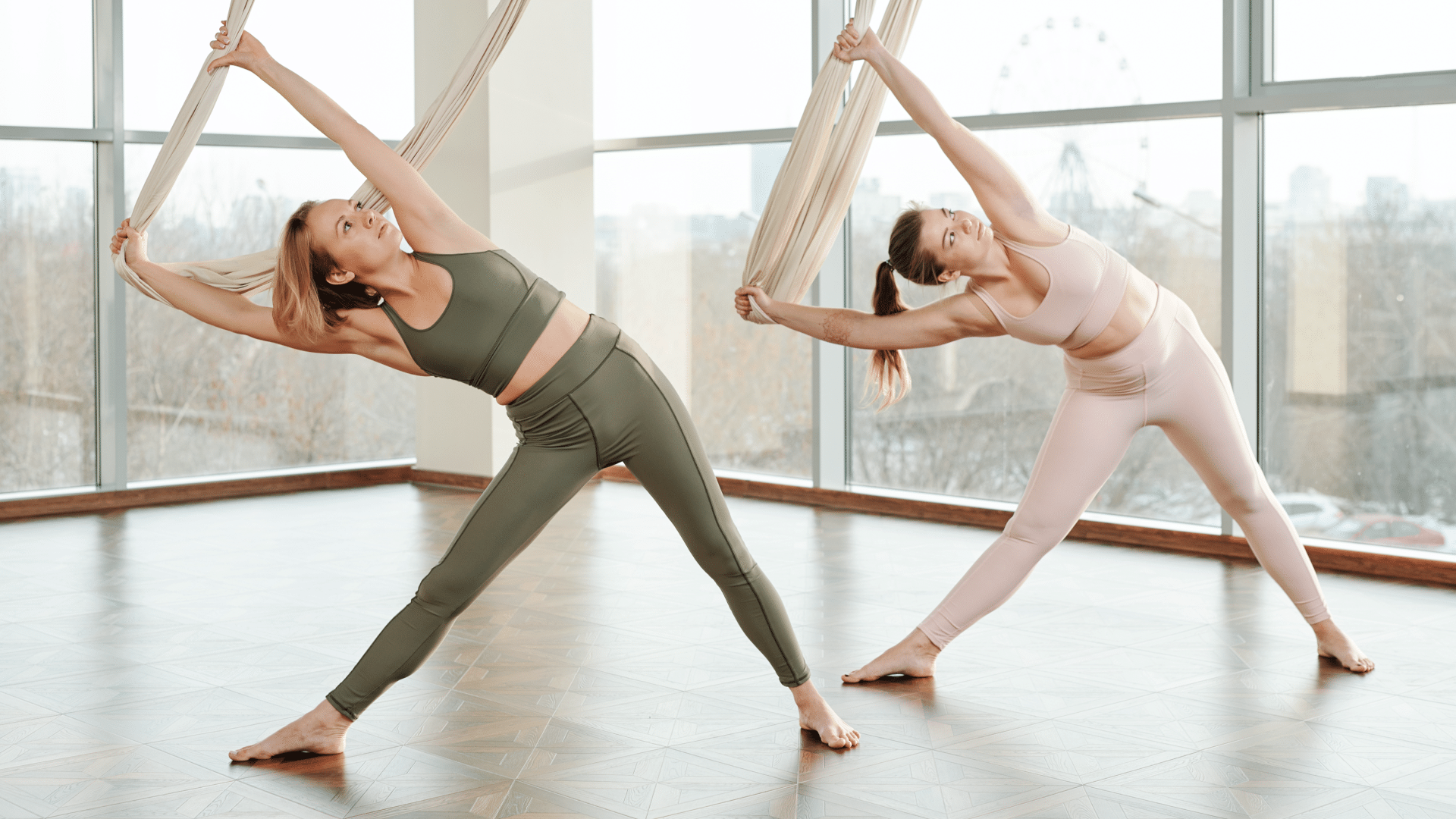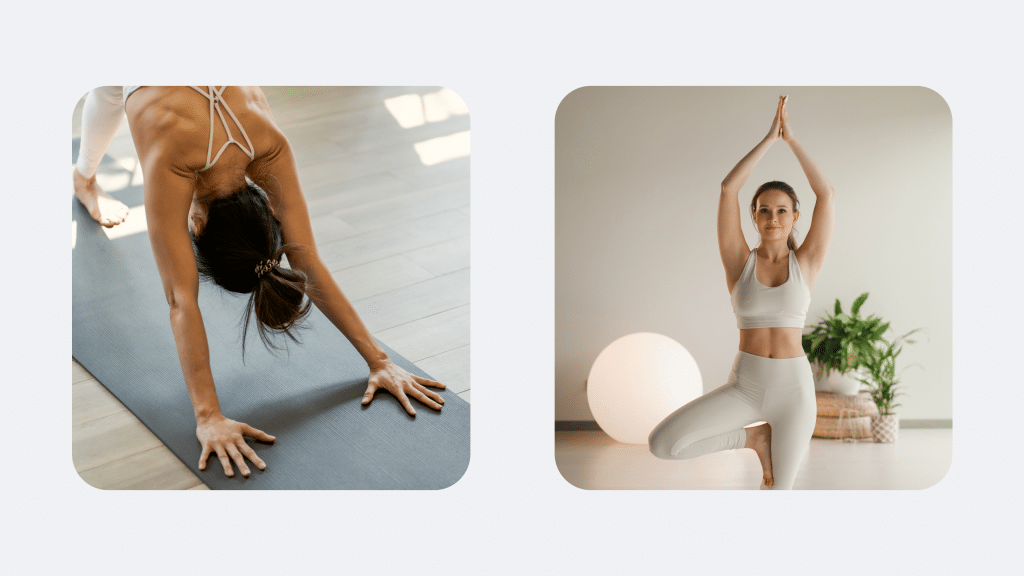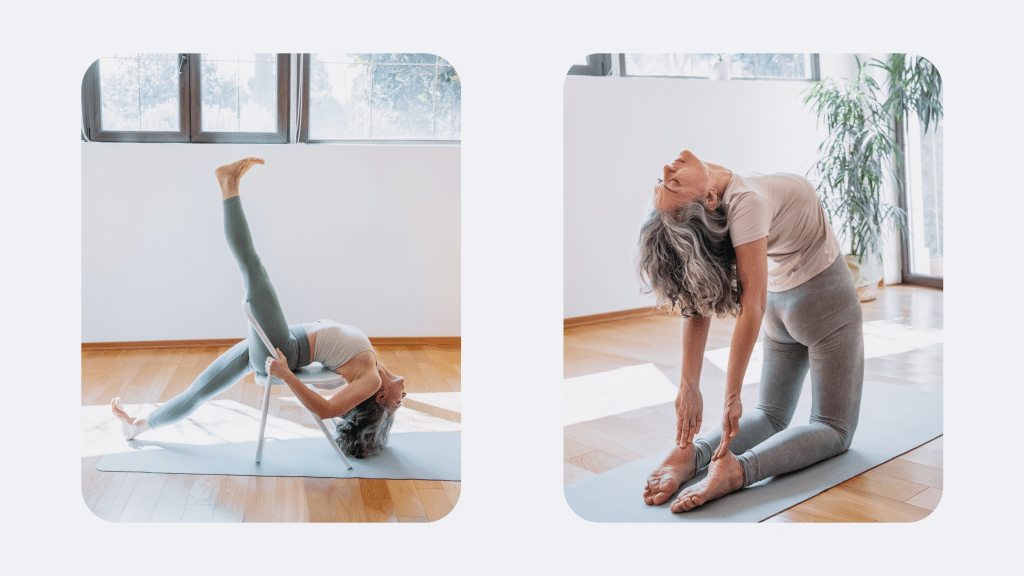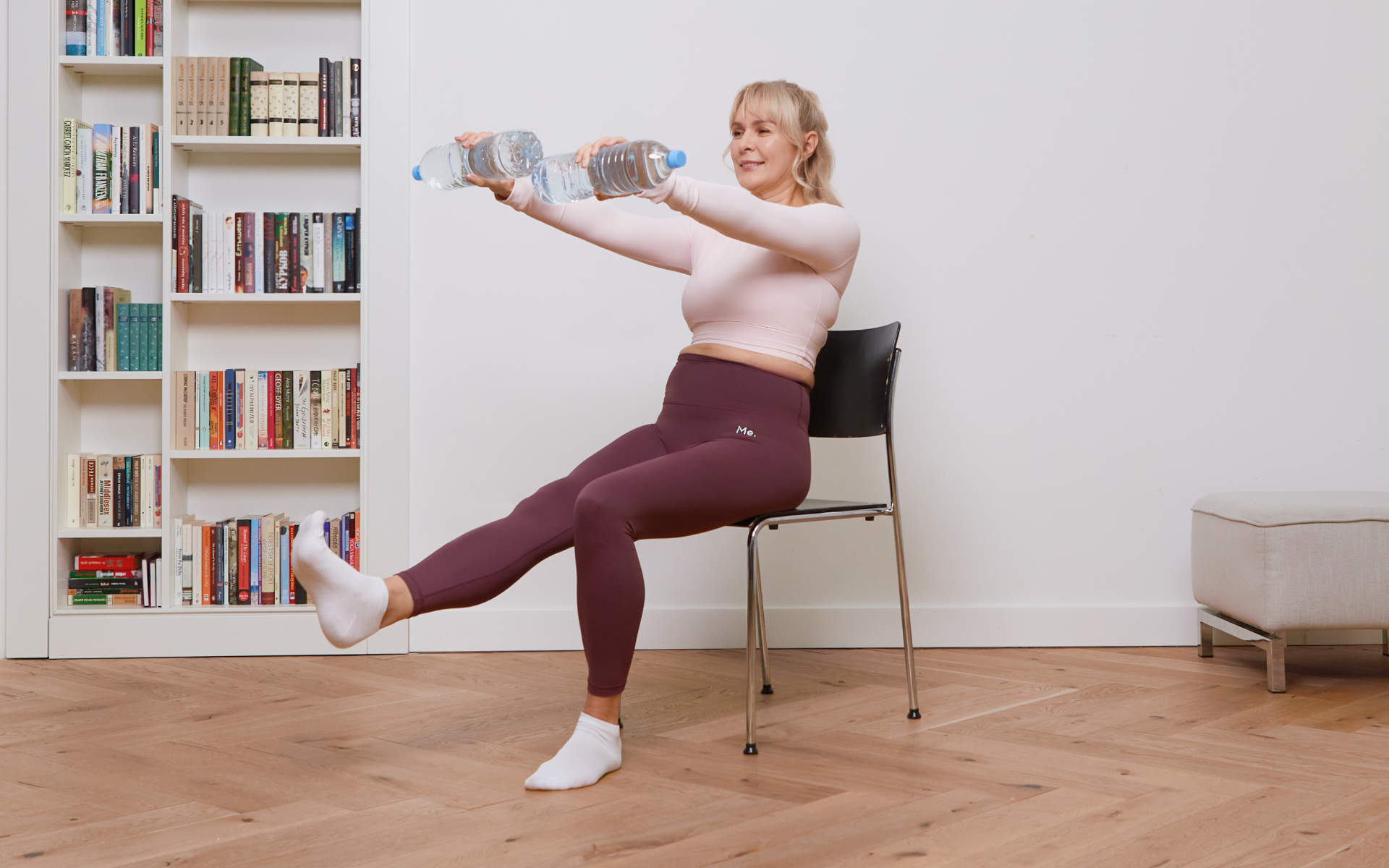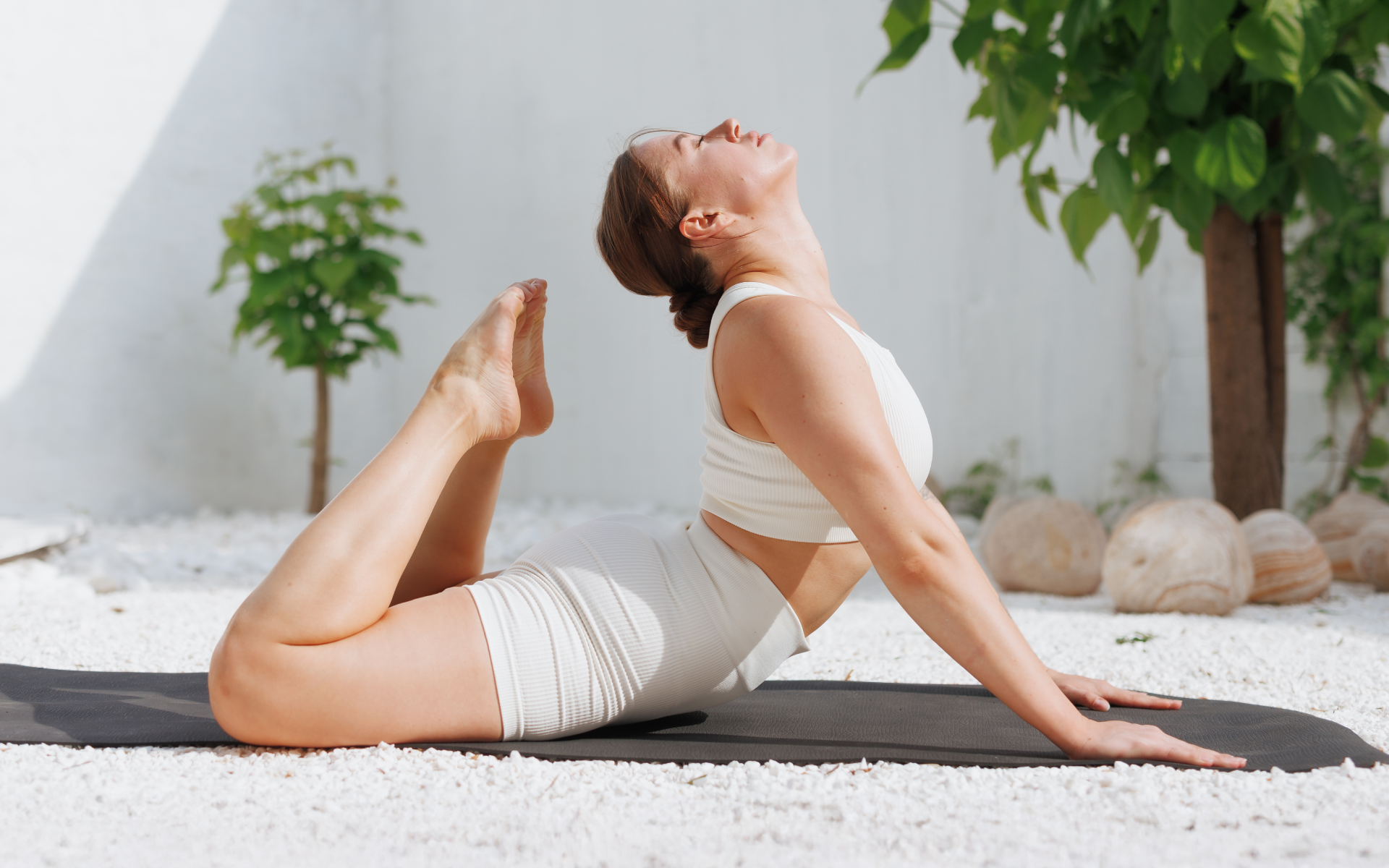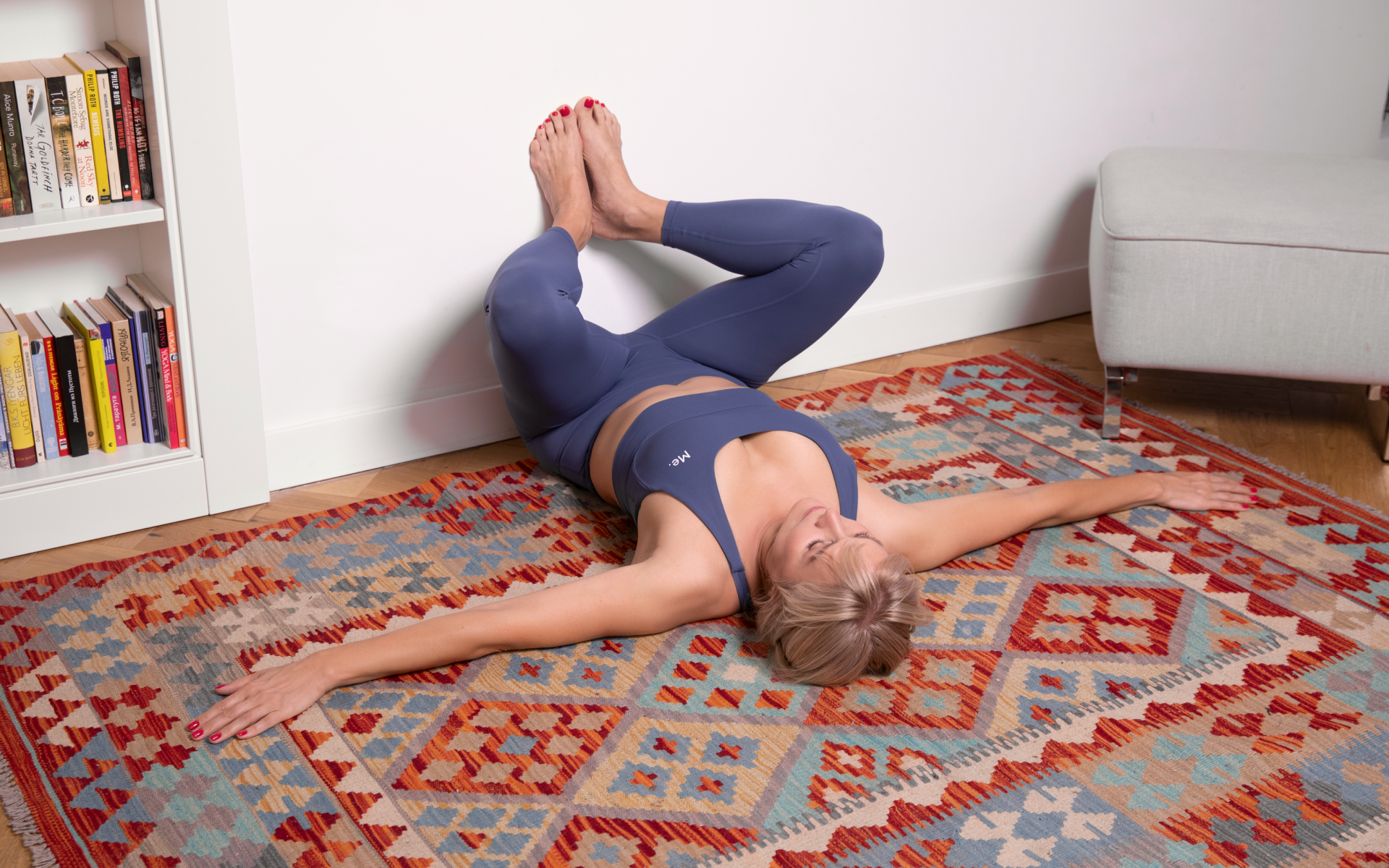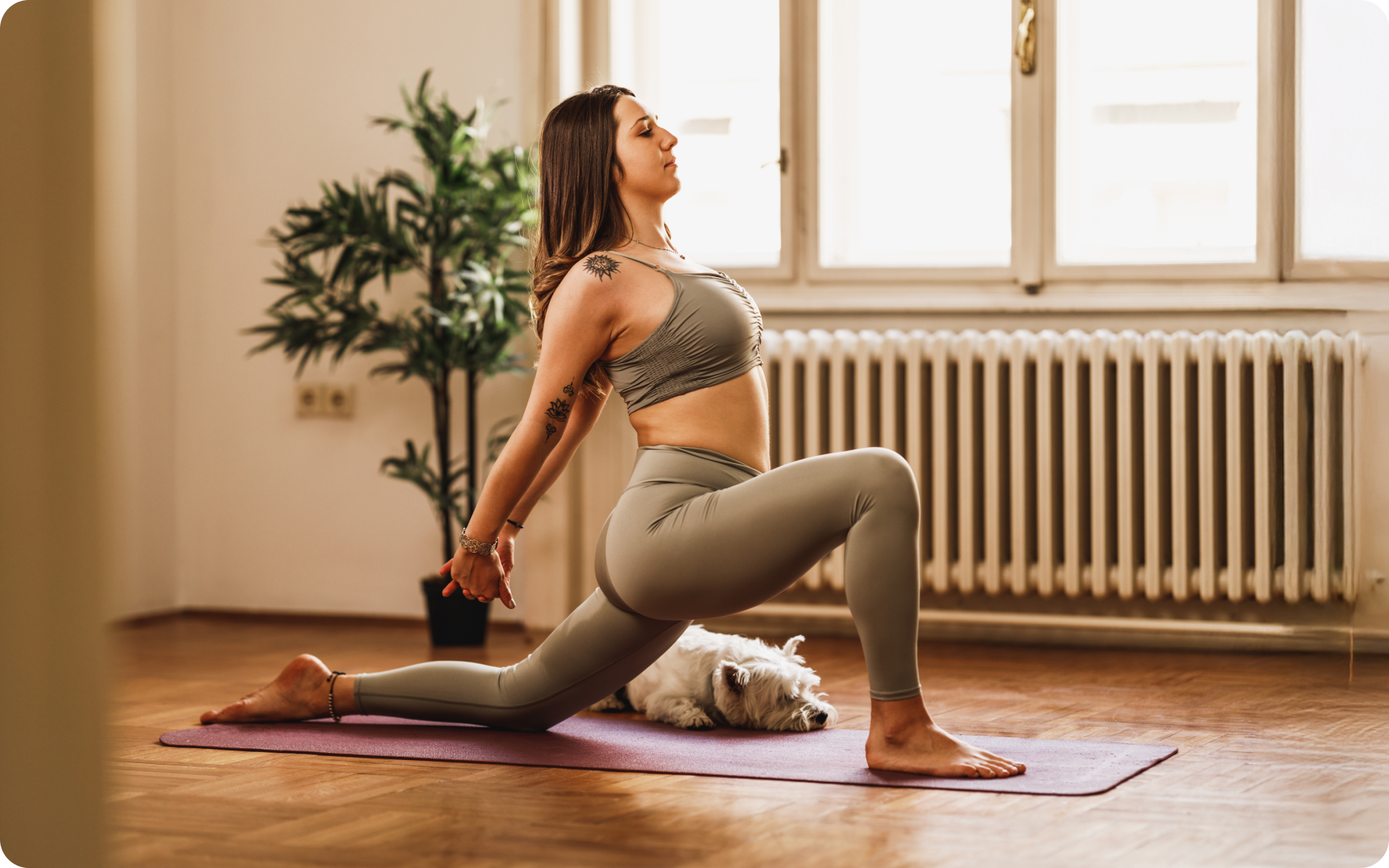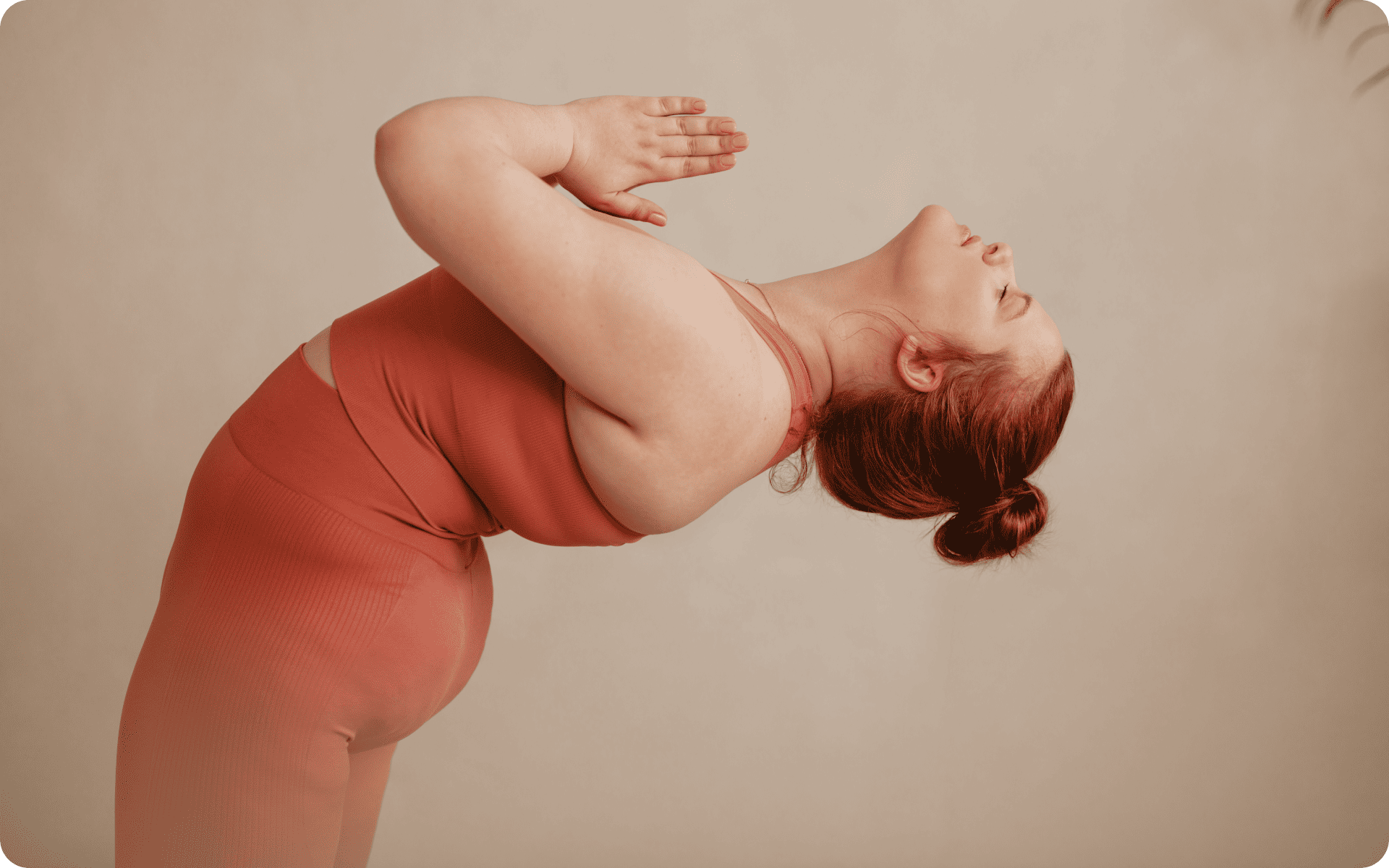Are you looking to elevate your yoga practice? Anti-gravity yoga may be your next favorite fitness workout. This fitness trend is capturing the attention of yoga enthusiasts and fitness lovers alike.
This innovative proactive, also known as aerial fitness, combines traditional yoga poses with acrobatics. It can also be thought of as a mix of Pilates and dance, all while you’re suspended in the air in a yoga hammock.
Whether you’re new to yoga or a seasoned yogi, anti-gravity yoga promises a unique experience that can help elevate both your body and mind.
Here, we’ll explore everything you need to know about this new practice, from its origins and benefits to tips for getting started. By the end, we hope you’ll be inspired to try this new form of yoga!
What Is Anti-Gravity Yoga?
Anti-gravity yoga is a practice that combines the principles of traditional yoga with the added challenge (and fun) of being suspended in the air using a yoga hammock. Broadway choreographer Christopher Harrison is the mastermind behind this aerial fitness workout, which has grown in popularity since 2007 due to its unique approach to fitness and wellness.
Christopher Harrison created anti-gravity yoga to help people achieve better alignment, flexibility, and strength. Initially, it was created for athletes and dancers. However, as the word spread, more people decided to try this practice. Its ability to combine elements from several disciplines makes it a versatile workout that appeals to many people.
What makes this practice stand out is that unlike traditional yoga, which is practiced on a mat, anti-gravity yoga uses a specially designed hammock to support the body in mid-air. This allows people to achieve deeper stretches, easily perform inversions, and experience the sensation of weightlessness.
The Benefits of Anti-Gravity Yoga
One of the many appeals of anti-gravity yoga is its countless health benefits. It’s not just a workout. It’s a holistic approach to wellness that impacts the body, mind, and spirit. Let’s take a closer look at the physical, mental, and other benefits of anti-gravity yoga.
Physical Benefits of Anti-Gravity Yoga
Improved Flexibility and Strength
One of the biggest benefits of anti-gravity yoga is its ability to enhance flexibility and strength. The yoga hammock allows you to move freely, enabling deeper stretches and positions that may be difficult to achieve on the mat. This increased range of motion helps lengthen muscles and improve flexibility over time (2).
In addition, supporting your body weight as you perform several poses can help strengthen your core, arms, and legs, which results in a challenging and rewarding full-body workout.
Reduced Joint Pressure and Back Pain
Traditional yoga can sometimes put a bit of strain on your joints, particularly if you’re not used to certain movements. Anti-gravity yoga can offer a low-impact alternative.
As the hammock helps support your body weight, it reduces some pressure on your joints and spine. This makes it an excellent option for joint pain and back issues.
Inversions and spinal decompressions performed in anti-gravity yoga can alleviate back pain by gently stretching the spine and realigning vertebrae, offering relief and improved posture.
If you tend to let yourself off the hook, raise the white flag when things get tougher than you expected, send yourself on an unconscious binge-eating trip – BetterMe app is here to help you leave all of these sabotaging habits in the past!
Decreased Risk of Heart Disease
While little research has been done on this type of workout, studies have found that yoga can help reduce the risk of cardiovascular disease (3).
Mental Benefits of Anti-Gravity Yoga
Beyond the physical benefit of anti-gravity yoga, this practice can also significantly impact mental wellness. The practice encourages mindfulness and deep breathing, which can help reduce stress and anxiety (4).
The unique feeling of “floating” can also be relaxing. This allows your body to be fully immersed in the experience and find peace. After practice, it’s quite common for many people to report improved mood, better sleep, and a heightened sense of overall wellness.
Other Benefits
Sense of Community
Anti-gravity yoga fosters a sense of community and connection among practitioners. It can also help encourage creativity and playfulness, which allows people to express themselves freely.
Suitable for All Fitness Levels
One of the best things about this practice is it’s suitable for all fitness levels, from beginners to seasoned yogis. Instructors can help modify poses to accommodate different abilities, ensuring everyone can participate and enjoy the benefits.
People Recovering From Injuries
The low-impact nature of this aerial fitness workout makes it a safe option for those who are recovering from injuries, offering a gentle way to maintain fitness without aggravating existing conditions. The hammock helps support and alleviate pressure on injured areas, which promotes healing and recovery.
Getting Started with Anti-Gravity Yoga
Are you ready to take the leap and try anti-gravity yoga? Here are some tips and steps to help you get started.
Choosing the Right Equipment
The most important piece of equipment in anti-gravity yoga is the hammock. Make sure you select a high-quality, durable hammock that can support your weight and provide the necessary stability.
It’s also important to set up your hammock securely, using a professionally installed ceiling mount or a sturdy support frame. When in doubt, consult a professional to get the right installation.
Basic Moves for Beginners
Starting with the basics is essential for building confidence and safety. Some beginner-friendly moves include the “inverted butterfly”, “starfish pose”, and “cocoon”. These poses will help you get comfortable with the hammock and understand the fundamentals of balance and movement in the air.
Set Realistic Goals
Set realistic goals for your anti-gravity yoga practice. Break down advanced poses into smaller, achievable steps and celebrate your progress. Setting realistic goals will keep you motivated and focused on your growth.
Practice Regularly
Consistency is the key to improving your anti-gravity yoga skills. You should aim to practice regularly, even if it’s just for a couple of minutes daily. Regular practice will help you build strength, flexibility, and confidence over time.
Advanced Techniques in Anti-Gravity Yoga
Once you’ve mastered the basics, you can progress to more advanced techniques. These challenging poses add variety and intensity to your practice, keeping it engaging and rewarding.
Intermediate Poses
Intermediate poses such as the “flying pigeon”, “aerial split”, and “suspended handstand” require more strength and flexibility. They help build core strength, improve balance, and enhance overall body coordination.
But before you try them, make sure you’ve first mastered the beginner poses to prevent any injuries.
Incorporating Props and Variations
Adding props, such as yoga blocks, resistance bands, or even including dance elements, can diversify your practice. Variations of the poses can target different muscle groups and add a new dimension to your workout.
Tips for a Successful Anti-Gravity Yoga Practice
To ensure you get the most out of your anti-gravity yoga classes, keep these tips in mind to have a safe practice.
Listen to Your Body
While anti-gravity yoga can be a safe practice, it’s important to listen to your body and not to push beyond your limits. Start with beginner classes and gradually progress to more advanced poses. If a particular position feels uncomfortable or painful, ease out of it and consult your instructor.
Intense sweat sessions, working weight loss tips, lip-smacking recipes come in one package with the BetterMe app. And all of it is at your fingertips, start transforming your life now!
User Proper Form
Maintaining proper form is essential for preventing injuries. Pay close attention to your instructor’s guidance and mirror these movements. Engage your core muscles to support your spine and avoid placing excessive strain on any one part of your body.
Consult a Healthcare Professional
Certain health conditions may make anti-gravity yoga unsafe. Always inform your instructor of any pre-existing conditions so they can offer modifications, and consult your doctor if you have any concerns.
Maximizing Your Experience
To make the most of your practice, stay hydrated, wear comfortable clothing, and practice regularly. Consistency is the key to reaping the full benefits of anti-gravity yoga.
In addition, make sure you don’t compare yourself to others. Make sure you focus on your practice and your journey instead of the practice of someone else. This can prevent you from overexerting yourself and increasing the risk of injury.
Practice with a Spotter
When you’re attempting a new or challenging pose, you should consider practicing with a spotter. A spotter can provide assistance, ensure your safety, and offer guidance if you need it. Having someone to support you can also boost your confidence and reduce the risk of injury.
Warm up Properly
Before you attempt any advanced poses, ensure you warm up your body thoroughly. A good warm-up increases blood flow to the muscles, reduces the risk of injury, and prepares the body for the demands of anti-gravity yoga.
Finding a Class
Many fitness studios offer anti-gravity yoga classes that are led by certified instructors. It’s important to choose a class that is suitable for beginners. Look for experienced instructors who can guide you through the basics and ensure your safety.
If in-person classes aren’t an option, there are countless online platforms that offer virtual sessions. These can be a great alternative, particularly if you have the necessary equipment at home.
Preparing for Your First Session
You should hydrate well and eat a light meal about an hour before your first class. Arrive early or check the workout online to help familiarize yourself with the equipment and the workout. Talk to the instructor if you have any questions or concerns.
FAQs
Is anti-gravity yoga suitable for everyone?
Anti-gravity yoga is designed to be accessible to most people, regardless of their fitness levels. However, it’s always recommended to consult your doctor before starting a new exercise routine, particularly if you have a pre-existing condition or concerns.
What should I wear to an anti-gravity yoga class?
For an anti-gravity yoga class, comfort and safety are paramount. Wear form-fitting but comfortable clothing that covers your armpits and legs to prevent friction burns from the yoga hammock. Avoid wearing jewelry or clothing with zippers or sharp objects that could snag the fabric. A fitted top and leggings work well, and some practitioners prefer a secure, stay-put bodysuit or a full-coverage jumpsuit for added protection and ease of movement.
How often should I practice anti-gravity yoga?
The frequency of your anti-gravity yoga can vary based on your personal fitness goals and schedule. For beginners, starting with 1-2 classes per week is a great way to become familiar with the techniques and build strength gradually. More experienced practitioners may choose to practice 3-4 times per week to deepen their skills and enhance their overall fitness. You should keep in mind that consistency is the key to experiencing the full benefits of anti-gravity yoga.
The Bottom Line
Anti-gravity yoga offers a fresh and exciting approach to fitness and wellness. By blending traditional yoga with aerial techniques, it provides a unique way to improve physical strength, mental clarity, and emotional wellness.
If you’re looking for a new challenge or want to elevate your current yoga practice, you should give anti-gravity yoga a try. Start with the basic poses, progress at your own pace, and enjoy the many benefits this practice has to offer. Track your progress, celebrate your achievements, and, most importantly, have fun!
For more personalized guidance, you could consider joining an anti-gravity yoga class or booking a session with a certified instructor. Discover the joy of feeling as if you’re floating and the freedom that comes with it.
DISCLAIMER:
This article is intended for general informational purposes only and does not serve to address individual circumstances. It is not a substitute for professional advice or help and should not be relied on for making any kind of decision-making. Any action taken as a direct or indirect result of the information in this article is entirely at your own risk and is your sole responsibility.
BetterMe, its content staff, and its medical advisors accept no responsibility for inaccuracies, errors, misstatements, inconsistencies, or omissions and specifically disclaim any liability, loss or risk, personal, professional or otherwise, which may be incurred as a consequence, directly or indirectly, of the use and/or application of any content.
You should always seek the advice of your physician or other qualified health provider with any questions you may have regarding a medical condition or your specific situation. Never disregard professional medical advice or delay seeking it because of BetterMe content. If you suspect or think you may have a medical emergency, call your doctor.
SOURCES:
- Breathing Practices for Stress and Anxiety Reduction: Conceptual Framework of Implementation Guidelines Based on a Systematic Review of the Published Literature. (pubmed, 2023)
- Contralateral Muscle Imbalances and Physiological Profile of Recreational Aerial Athletes. (pubmed, 2019)
- Evidence Base of Yoga Studies on Cardiovascular Health: A Bibliometric Analysis. (pubmed, 2019)
